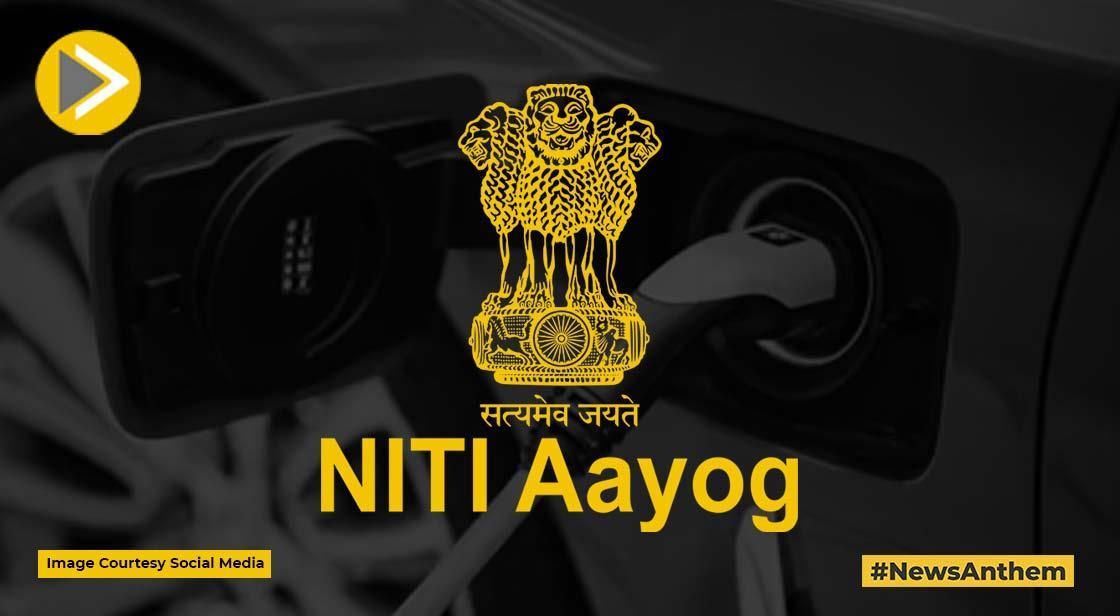NITI Aayog Unveils Vision 2030 to Boost India’s Auto Component Sector

News Synopsis
India's premier public policy institution, NITI Aayog, has introduced a comprehensive roadmap designed to accelerate the growth of the country's automotive component manufacturing and export sector by FY30.
This ambitious vision is detailed in its latest report, titled “Automotive Industry: Powering India’s Participation in Global Value Chains.”
Vision 2030: Ambitious Growth Targets for Auto Component Industry
According to the report, India aims to:
-
Double automotive component production to $145 billion by FY30
-
Triple exports from $20 billion to $60 billion
-
Achieve a trade surplus of $25 billion
-
Expand India’s share in global automotive value chains from 3% to 8%
-
Create 2–2.5 million additional direct jobs, raising sector employment to 3–4 million
Although India ranks as the fourth-largest automobile manufacturer in the world, its presence in the $2 trillion global auto component market is relatively limited—accounting for only around 3% of global trade.
In high-precision segments like engine components, drive transmissions, and steering systems, India's share is even smaller, ranging between 2% and 4%.
Fiscal Measures: Driving Capacity Expansion and Innovation
To overcome current limitations such as high operational costs, limited R&D, and low global value chain integration, NITI Aayog proposes a series of fiscal incentives, including:
Capex and Opex Support
-
Investment in tooling, dies, infrastructure, and technology
-
Operational expenditure support for scaling manufacturing capabilities
R&D and Innovation Incentives
-
Encouraging local innovation and IP creation
-
Funding for testing, design, and technology integration
Branding and MSME Empowerment
-
Financial backing for global branding
-
IP sharing and technology access for MSMEs
“We want to create the ecosystem rapidly. International companies need some motivation to move out of other countries. I think that’s where the fiscal support comes in,” said Niti Aayog CEO BVR Subrahmanyam.
Non-Fiscal Reforms: Building a Future-Ready Industry
The report also recommends non-fiscal interventions critical to achieving long-term sustainability and competitiveness:
Industry 4.0 Adoption
-
Integration of smart manufacturing, robotics, and digital twins
Foreign Collaborations
-
Encouraging joint ventures and technology transfers
Regulatory Simplification
-
Streamlined processes, flexible labor laws, and supplier discovery platforms
“Most of the automotive firms are located in the US, the EU, and a few other countries. That is why FTAs are so important with the US and the EU,” said Niti Aayog member Arvind Virmani.
FTAs: Key to Global Market Penetration
India’s success in capturing a larger slice of the $700 billion global auto exports market hinges on strategic Free Trade Agreements (FTAs). NITI Aayog urges the government to fast-track FTAs with the US, EU, and other major economies to widen market access for Indian auto components and reduce trade barriers.
Shared Infrastructure and Collaborative Ecosystems
Another pillar of the roadmap is the development of shared infrastructure to reduce costs and promote knowledge sharing:
-
Common R&D and testing facilities
-
Cluster development to link OEMs with Tier 1/2 suppliers
-
Digitally connected platforms for manufacturing units and exporters
Conclusion: Driving India's Global Auto Ambitions
NITI Aayog’s Vision 2030 presents a robust blueprint for transforming India's auto component sector into a global powerhouse. With India producing nearly 6 million vehicles annually, the country is strategically positioned to climb up the global automotive value chain—provided the recommended fiscal and non-fiscal measures are implemented swiftly.
From expanding manufacturing capacity and encouraging innovation to enabling strategic FTAs and simplifying business regulations, the report addresses every challenge currently limiting the sector’s growth.
If executed well, this roadmap could create millions of jobs, boost exports significantly, and make India a preferred destination for global auto component sourcing.
The ball is now in the government’s court to align policy actions with this ambitious, forward-looking strategy and accelerate India’s journey towards becoming a global leader in automotive manufacturing.









